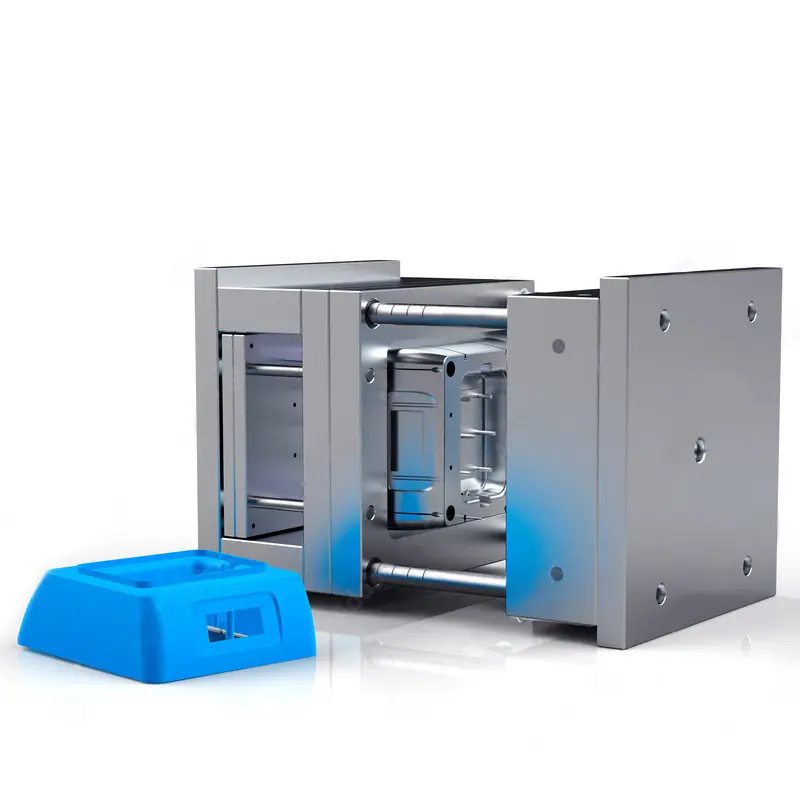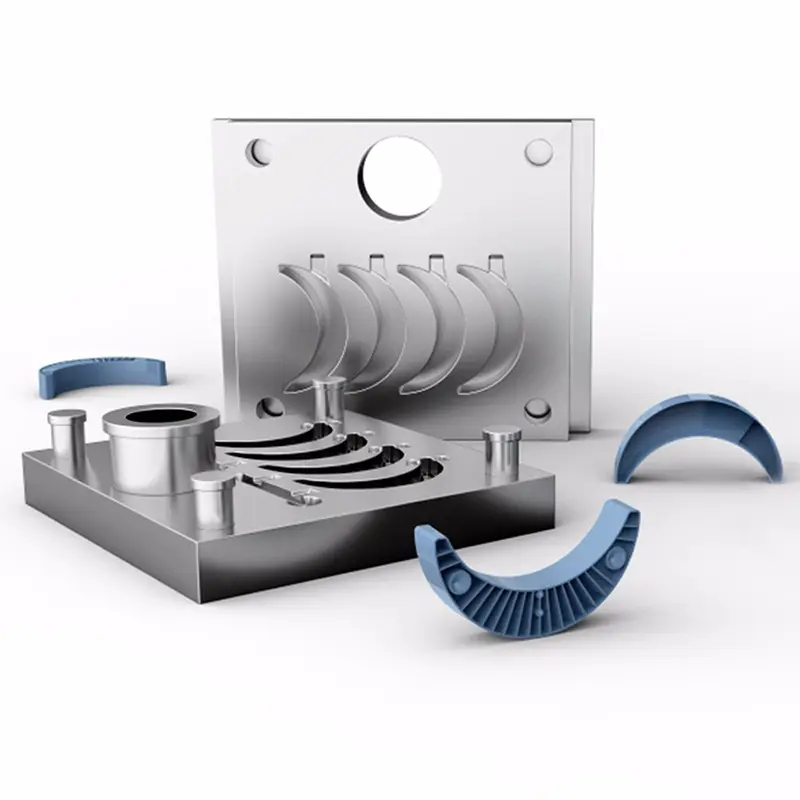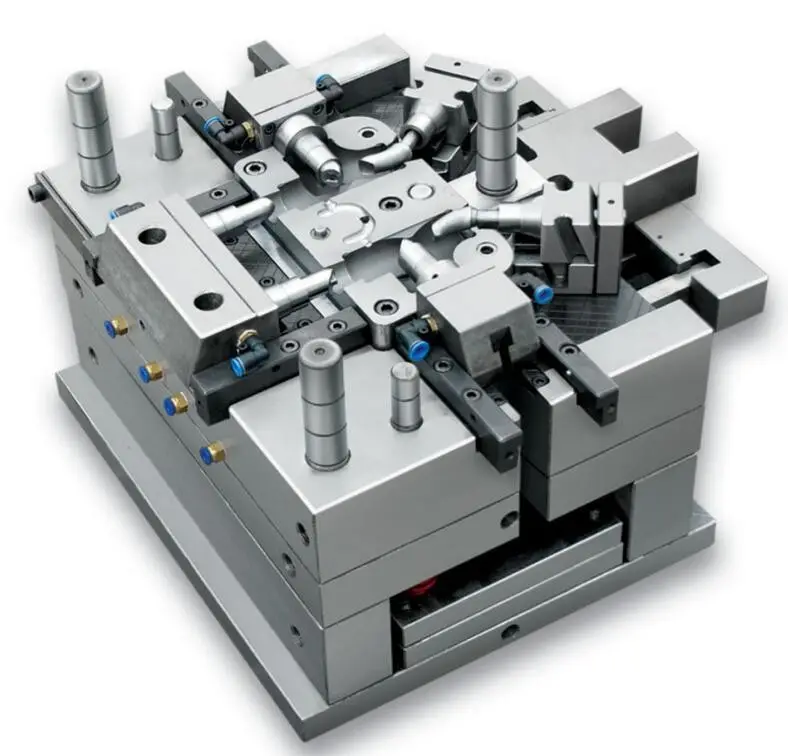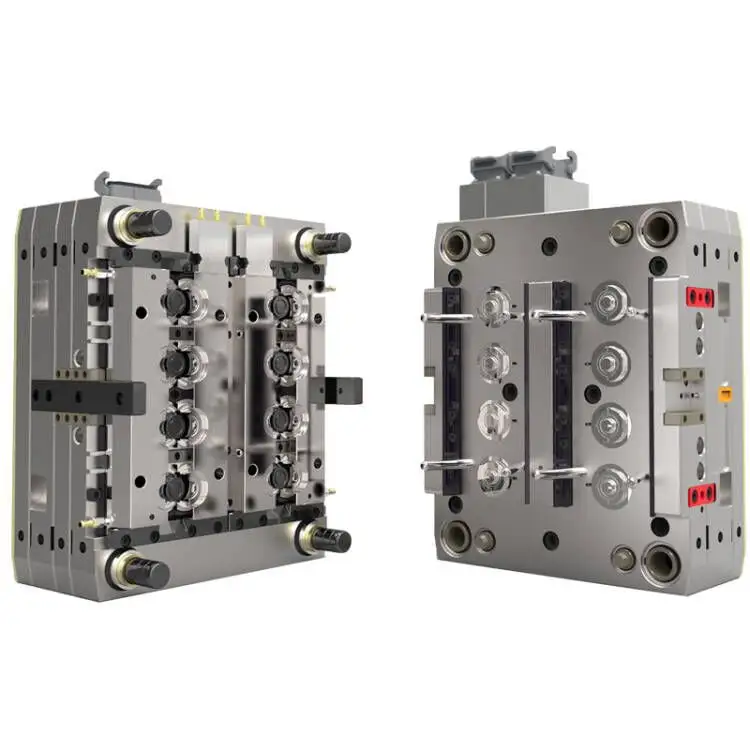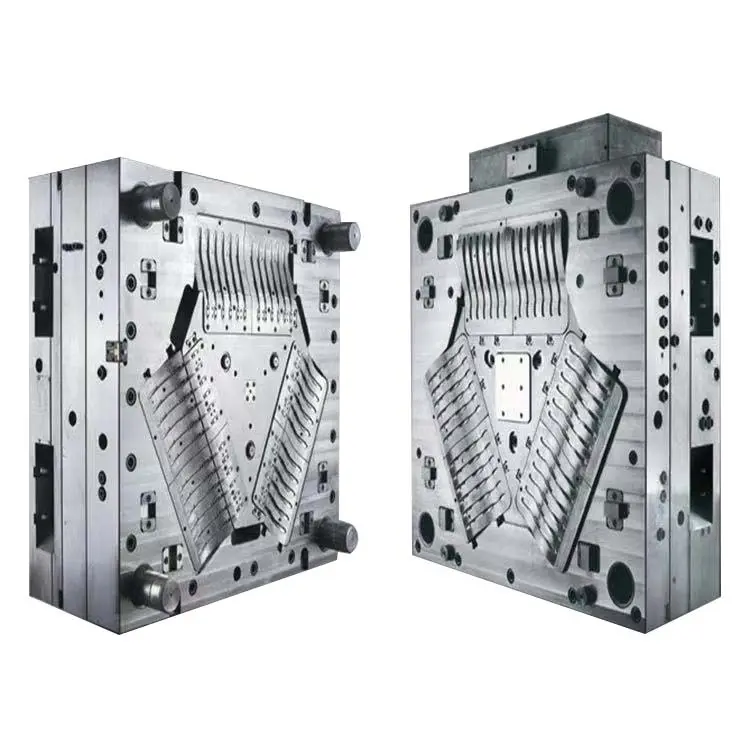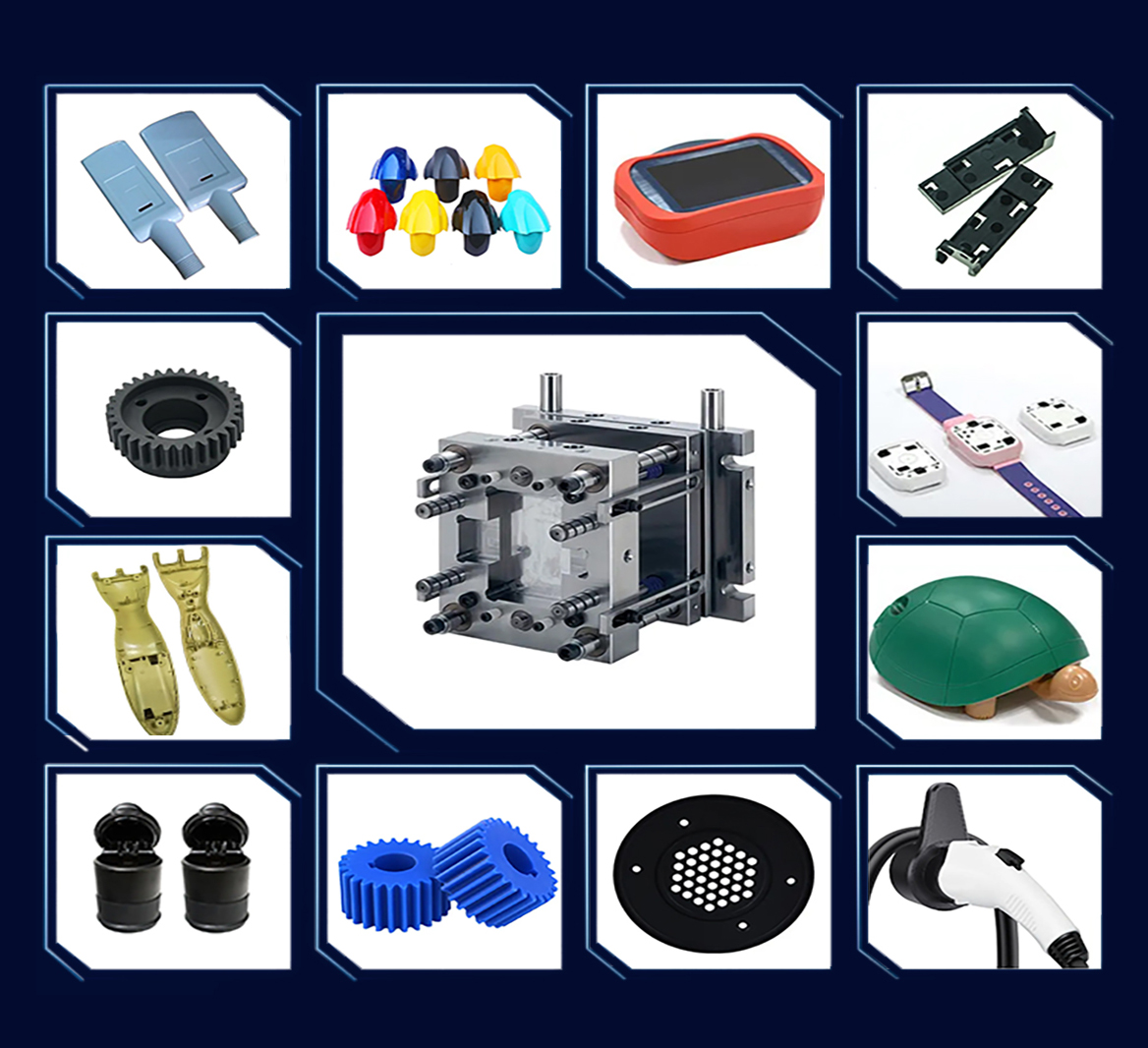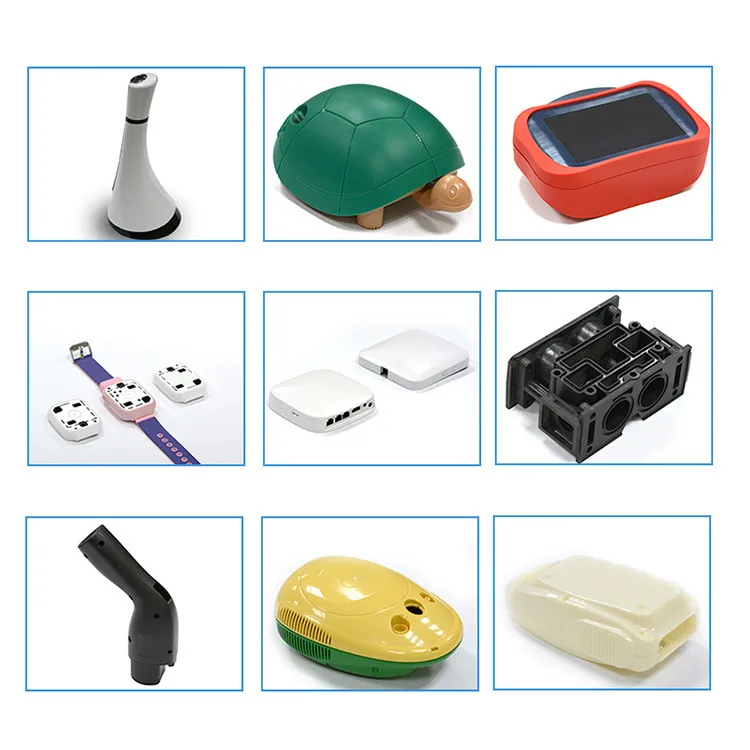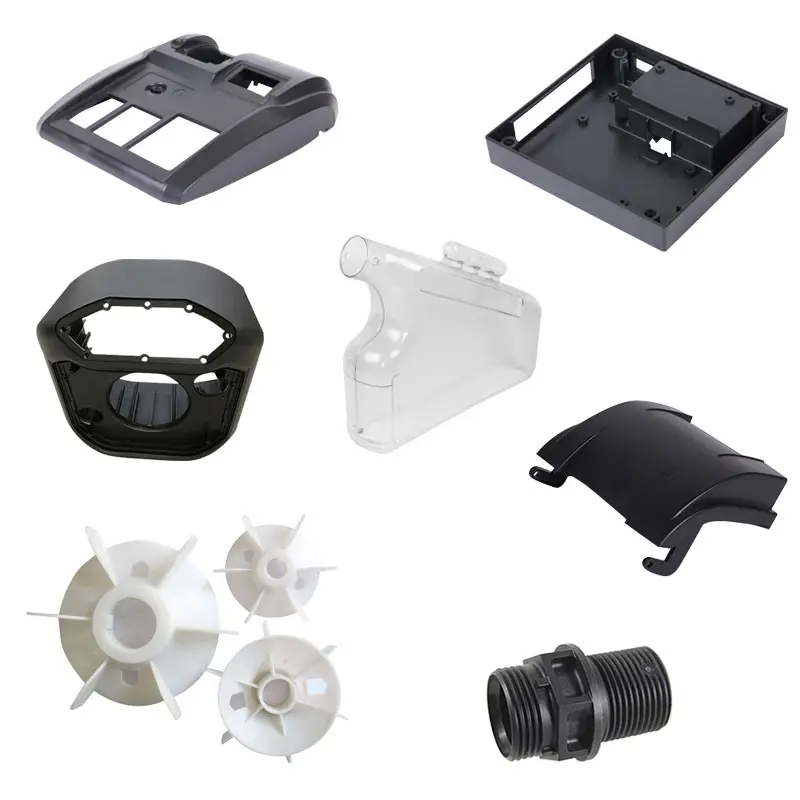Introduction
Liquid Silicone Rubber (LSR) molding is a versatile and efficient process used to produce high-quality silicone parts for various industries, including automotive, medical, consumer goods, and electronics. LSR molding offers numerous advantages, such as excellent flexibility, high temperature resistance, and biocompatibility. To achieve the best results in LSR molding, it is essential to follow certain best practices. This article outlines these best practices to help you optimize your LSR molding process.
Understanding Liquid Silicone Rubber (LSR)
What is LSR?
Liquid Silicone Rubber (LSR) is a two-component, platinum-cured elastomer that is injected into a mold cavity to form rubber parts. The components are mixed and then injected into a heated mold where they cure rapidly. LSR is known for its durability, flexibility, and resistance to extreme temperatures and environmental conditions.
Advantages of LSR
- High Precision: Suitable for producing complex and detailed parts.
- Durability: Excellent resistance to heat, chemicals, and UV light.
- Biocompatibility: Safe for use in medical and food-grade applications.
- Flexibility: Maintains flexibility and elasticity over a wide temperature range.
Best Practices for LSR Molding
1. Proper Material Selection
Choosing the Right Grade
Selecting the appropriate LSR grade for your application is crucial. Consider factors such as hardness, transparency, tensile strength, and elongation. Different grades of LSR are available to meet specific requirements, from medical-grade silicones to high-strength industrial silicones.
Ensuring Material Compatibility
Ensure that the LSR material is compatible with the mold and the intended application. This includes checking for compatibility with any additives or colorants that may be used in the process.
2. Mold Design and Fabrication
Optimal Mold Design
Design the mold to facilitate easy flow and uniform distribution of the LSR material. Incorporate features such as balanced runners, proper venting, and appropriate gating to minimize defects and ensure high-quality parts.
Precision Fabrication
Precision in mold fabrication is essential for producing consistent and accurate parts. Ensure that the mold surface is smooth and free of defects to prevent surface imperfections in the molded parts.
3. Injection Molding Parameters
Temperature Control
Maintain precise control over the mold and material temperatures. LSR typically requires high mold temperatures (between 300°F and 400°F) to cure properly. Monitor and control the temperatures to ensure consistent curing and to avoid defects such as incomplete fills or flash.
Injection Speed and Pressure
Optimize injection speed and pressure to ensure smooth and uniform filling of the mold cavity. Excessive speed or pressure can lead to defects such as air entrapment or material degradation, while insufficient speed or pressure can result in incomplete fills.
4. Post-Molding Processes
Demolding
Carefully demold the parts to avoid damage. LSR parts are flexible and can be easily removed from the mold, but excessive force or improper techniques can cause tearing or deformation.
Curing
Ensure that the parts are fully cured before further processing or use. Post-curing may be necessary for some applications to achieve the desired properties and to remove any residual volatiles.
5. Quality Control and Inspection
In-Process Monitoring
Implement in-process monitoring to detect and address any issues during the molding process. This includes monitoring temperatures, pressures, and cycle times to ensure consistent production.
Final Inspection
Conduct thorough final inspections to ensure that the molded parts meet all specifications and quality standards. This includes checking for defects such as flash, voids, and surface imperfections.
6. Maintenance and Troubleshooting
Regular Maintenance
Perform regular maintenance on the molding equipment and molds to ensure optimal performance and longevity. This includes cleaning, lubrication, and inspection of all components.
Troubleshooting
Develop a troubleshooting guide to address common issues in LSR molding. This should include solutions for defects such as incomplete fills, flash, air entrapment, and material degradation.
Conclusion
Liquid Silicone Rubber (LSR) molding is a versatile and efficient process for producing high-quality silicone parts. By following these best practices, you can optimize your LSR molding process to achieve consistent, high-quality results. Proper material selection, precise mold design and fabrication, careful control of injection molding parameters, and thorough quality control are essential for success in LSR molding. Regular maintenance and effective troubleshooting further ensure the reliability and efficiency of the molding process.

